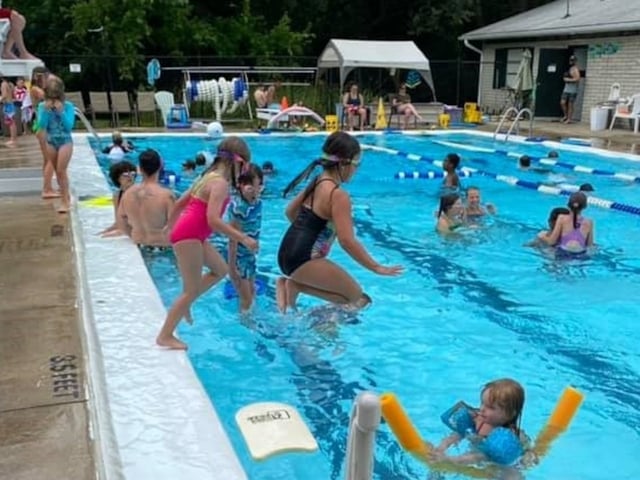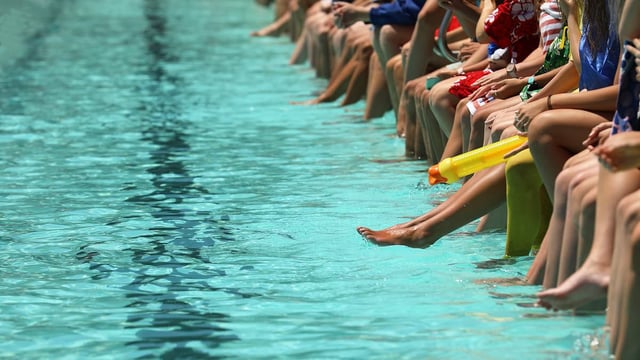Overview
- Some pathogens including Pseudomonas aeruginosa, norovirus and adenovirus can persist in properly chlorinated pools for minutes to days, highlighting limits of chlorine disinfection.
- CDC data from 2015 to 2019 documented over 200 pool-associated outbreaks in the U.S. that sickened more than 3,600 people, and decades of figures from England and Wales show ongoing waterborne disease trends.
- Cryptosporidium survives up to 10 days in treated water and is a leading driver of recreational gastrointestinal outbreaks.
- Chloramines formed by reactions between chlorine and swimmer residues such as sweat and urine produce the strong chlorine odor and serve as a warning of contamination.
- Health officials recommend showering before swimming, avoiding the pool when ill, taking regular bathroom breaks and drying ears thoroughly to reduce infection risk.



